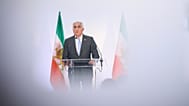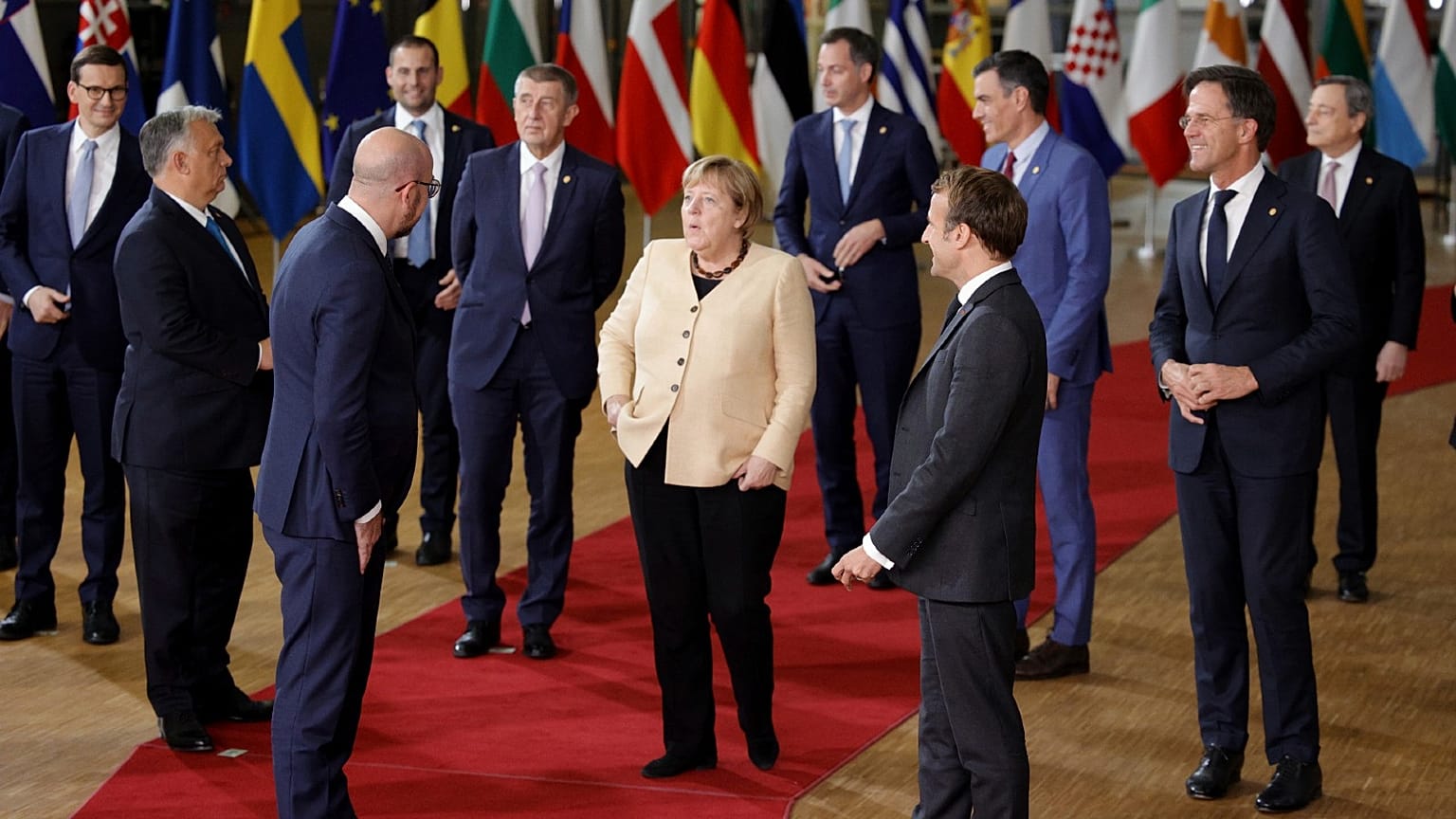As Sweden appoints its first female prime minister, we take a look at the proportion of women in positions of political power across Europe.
Magdalena Andersson has become Sweden's first female prime minister.
But she is among the minority: there are just five other women leading their countries in the European Union: Finland's Sanna Marin; Estonia's Kaja Kallas; Lithuania's Ingrida Šimonytė; Denmark's Mette Frederiksen and Germany's Angela Merkel.
Merkel has been acting in a caretaker capacity since elections in September, having first become Germany's Chancellor in 2005.
The 67-year-old, Europe's longest-serving female leader, is set to be replaced by Olaf Scholz in early December.
To mark Andersson's ascent to power, here's a look at women in positions of political power across Europe.
Current female leaders
These are considered the leaders who have the most executive power — whether the title is President or Prime Minister — and who thus attends the EU Council of leaders.
Beyond the EU, women occupy the top job in three other countries in Europe. These are Icelandic Prime Minister Katrin Jakobsdottir, Moldova's Prime Minister Natalia Gavrilita, and Serbia's Prime Minister Ana Brnabic.
The European Commission is also helmed by a woman, President Ursula von der Leyen.
Past female leaders
We have only selected female leaders that were in the most powerful of the country's two leadership roles.
Often that's the prime minister, but sometimes, like in France and Ukraine, it's the president.
We have also excluded countries that currently have a female leader.
The second-longest-serving European female leader after Merkel is Britain's Margaret Thatcher who was in power for 11 years between 1979 and 1990.
Meanwhile, Vassiliki Thanou had the shortest stint with just 25 days as Greece's caretaker Prime Minister between August and September 2015.
Women in parliament
Across the 27 EU member states, an average of 32.7% of parliamentary seats are occupied by women — so not even a third.
There is no single country where women account for the majority of lawmakers although Sweden comes close to parity with 49.6% of its parliament filled by women.
Its Nordic neighbours, Finland and Noway, are also among the countries where women make up more than 40% of parliamentarians. Women also make up 40.4% of seats in the EU parliament.
Liechtenstein has the lowest share of female MPs with just 12%. Hungary and Malta also have fewer than 15% of their parliamentary seats filled by women.
Women holding ministerial positions
Contrary to parliaments, women made up the majority of four EU governments in 2020, according to Eurostat.
These are Finland and Sweden with 54.5% and 52.2% of their respective ministerial positions held by women, as well as France and neighbouring Belgium with shares of 51.2% and 50.0%.
On average, women occupied under a third of ministerial positions across the bloc.
Malta had the least number of women in its government with women accounting for just 7.7% of the country's top jobs.
Greece and Estonia completed the bottom trio with just 11.3% and 13.3% of female ministers.















